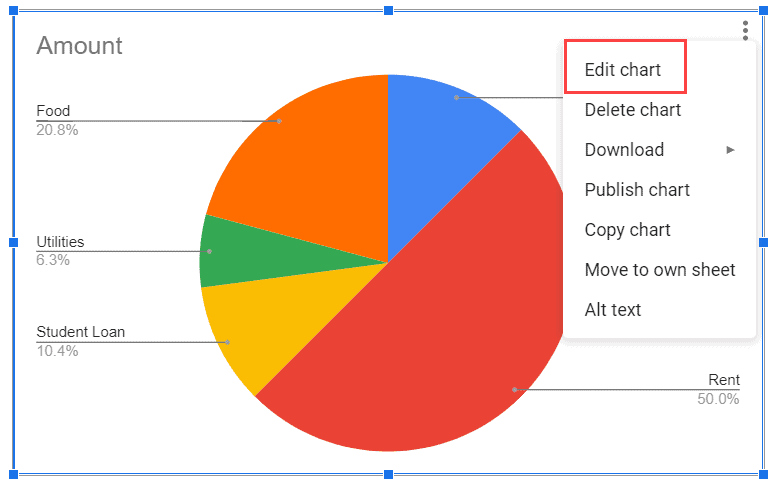Having an issue where you see ethernet connected but no internet? I can help. Once you connecte your ethernet cable and you receive a notification saying “no internet access” (or something that’s similar to that), you’ll want a fix. That’s where I come in. Note that the most common is to simply check your connections and restart your modem, but you’ll need to do more if that doesn’t fix the issue.
I will cover the most common causes and fixes below. Read on to learn more.
This Article Covers:
Ethernet Connected but No Internet: Common Causes
As a tech expert, I commonly hear about internet issues. It’s one of the most popular complaints. Fortunately, that means it’s also one of those things I know how to solve pretty quickly. Here are a few of the most common causes of the “ethernet connected but no internet” issue:
- Loose connectivity from either your router or computer
- Incompatible IP address
- Outdated firmware on your router or modem
- There might be an internet outage on the service provider’s end
- Your computer network settings might need to be updated
- Your operating system may have pending updates
These factors are far-and-away the most common causes of the problem. So if your ethernet cable is connected without internet access, you’ll want to start here with the troubleshooting.
Below are the most effective ways to fix the issue that we will cover in more detail throughout this article:
- Restart your computer and router/modem.
- Check whether there is a damaged ethernet port
- Check for loose or damaged ethernet cables
- Enable and disable the ethernet cable on your computer
- Run the Windows network troubleshooter
- Check your DNS settings and Confirm your IP configuration is correct
- Reset your network settings
- Check for Windows operating system updates
- Contact your service provider
How to Fix Ethernet Cable Plugged in but no Internet
Let’s get into the most common solutions. I’ll provide step-by-step instructions, as I have with my guide on how to connect your TV to Wi-Fi without a remote. The key for all of these is patience. Some of them might seem simple, but that doesn’t make them less important. Start with the basics. Here’s the first solution:
-
Restart Your Computer and Router/ Modem
The first thing you should do is restart your router and computer before trying the more complicated solutions. Restarting the router and computer will allow them to undergo a soft reset which might be what is needed to allow your computer to access the internet.
Follow the steps below to reset your computer and modem:
- Shut down your computer.
- Turn off your router/modem and disconnect them from the power supply.
- Leave them unplugged for several minutes.
- Plug the power cable back into the router/ modem and turn on your computer.
- Make sure the ethernet cable is still connected, and check whether the issue has been resolved.
If you have followed these steps and reset your computer and modem, and you still receive the same “no internet access” message, then you can proceed with the other recommended solutions below, and the problem will eventually be resolved.
-
Check Whether There Is a Damaged Ethernet Port.
Once you have restarted or a soft reset on your hardware, then the next step I recommend is to:
- Check the ethernet ports on your computer and your router or modem. If these ports are damaged or not in good condition, then this might be the cause of lacking internet access.
- Check whether your ethernet ports are in good condition, and ensure they are firmly plugged into the wall and the router or modem. If they are perfectly attached, then unplug your ethernet cables from your router and computer and plug them back in and then check on your computer to see if the problem has been resolved,
- If you still do not have internet access, then try plugging the ethernet cable into a different port and check on your computer if the issue is solved.
- If there are damaged parts or any other faulty hardware, then you will need to search for replacements and install them.
However, no evidence of any damages means that the issue was not caused by damaged ethernet ports, so I recommend you try the next solutions below to rule out other causes to potentially avoid buying new hardware. Of course, if you need to buy new hardware, I’m happy to help. I’d recommend an upgrade on your ethernet cable from Amazon.
-
Enable and Disable the Ethernet Cable on Your Computer
If the solutions recommended above don’t work, you’ll need to check some settings on your computer. More specificially, the ethernet cable may be disabled. That means you’ll need to enable it to gain internet access via your ethernet cable.
If it is already enabled, then disable it and wait for a few minutes. Then, enable it again.
Not sure how to enable your ethernet cable? I’ve got instructions for that too.
Enabling Ethernet on a Windows Operating System
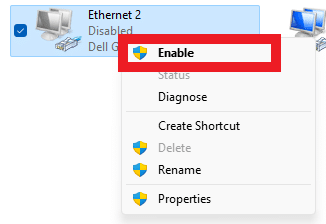
- Open Start and type Network Connection in the search bar
- Check the ethernet’s cable status
- If it’s disabled, right-click on the ethernet and then click Enable. Check whether you have internet access. If not, continue with the next step.
- If the ethernet was already enabled but says “Unidentified Network,” right-click
- Click Disable
- Right-click once more and select Enable
Enabling Ethernet on a Mac OS
- Click on the Wi-Fi icon
- Select Open Network Preferences
- Check the ethernet status
- If the ethernet is disabled, then right-click and select Enable. Check whether you have internet access
- If it is already enabled, disable it, then wait for a few minutes and enable it again
if disabling and enabling the ethernet cable didn’t resolve the problem, then let’s try the next solution.
-
Run the Windows Network Troubleshooter
If the above steps don’t work, I recommend running the Windows network troubleshooter on your computer.
To run the network troubleshooter on Windows OS, follow the steps indicated below.
- Click Start
- Open Settings
- After opening Settings, click on Update and Security
- In this section, select Troubleshoot.
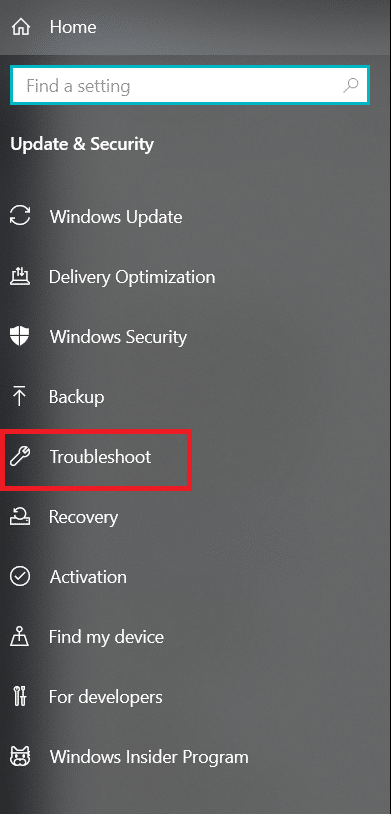
- Then click on Additional Troubleshooters.
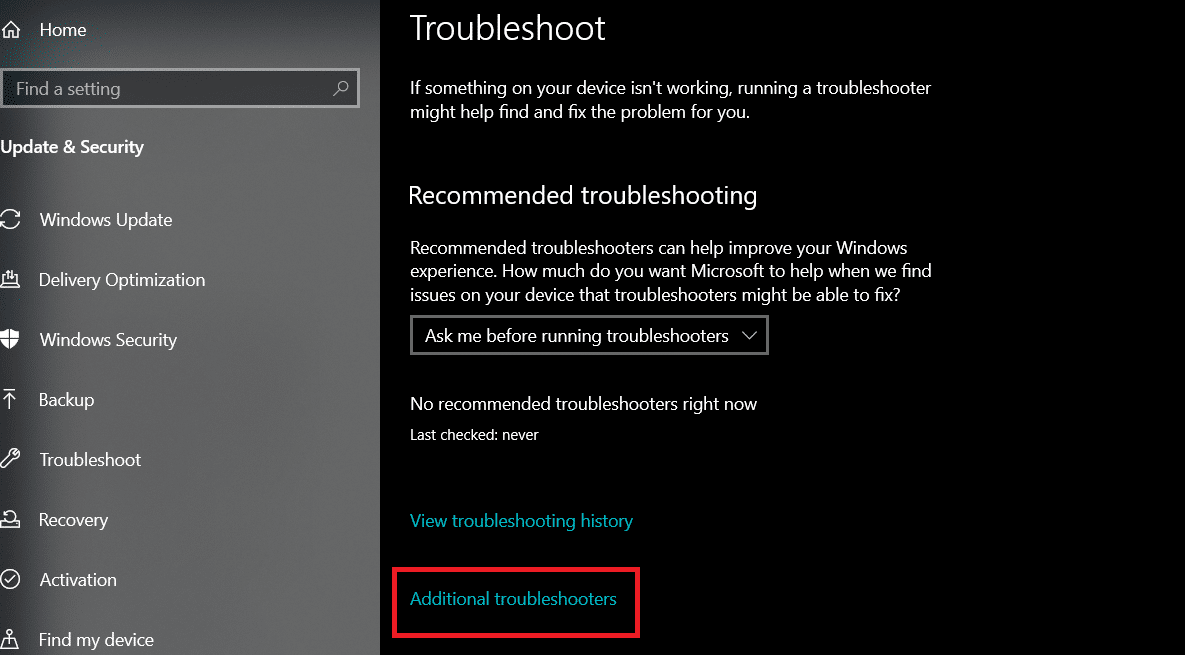
- Click Internet connection and then select Run the troubleshooter.
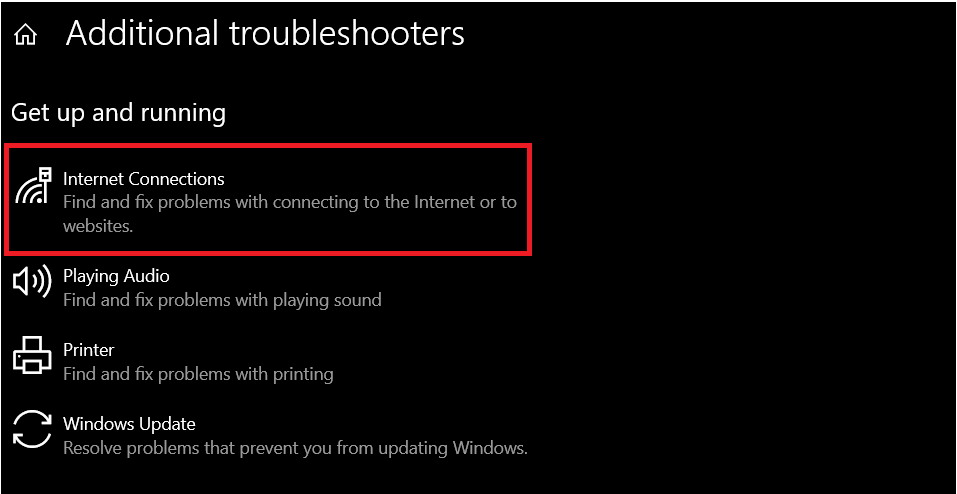
- Follow the troubleshooting instructions and check whether it applies to the selected fix.
- If the problem has been applied the fix, then restart your computer and check whether you have internet access.
If that also did not work, then proceed with the next step below.
Note, this solution may also work if you have wifi connected but there’s no internet.
-
Check Your DNS Settings and Confirm Your IP Onfiguration Is Correct
The DNS configuration is what allows a user to have internet access. It plays a crucial role and might be the main reason for you not having internet access.
Below are the steps you should follow to check your DNS settings:
- Open Run on your Windows computer by pressing Win+R
- Type “ncpa.cpl” and then press Enter on your keyboard.
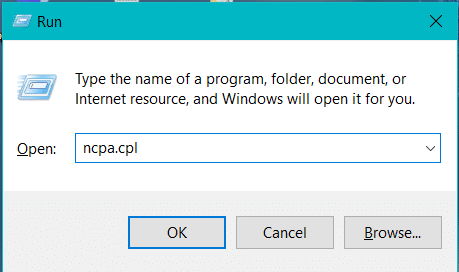
- Right-click on your network connection which in this case is your ethernet connection, and select Properties.
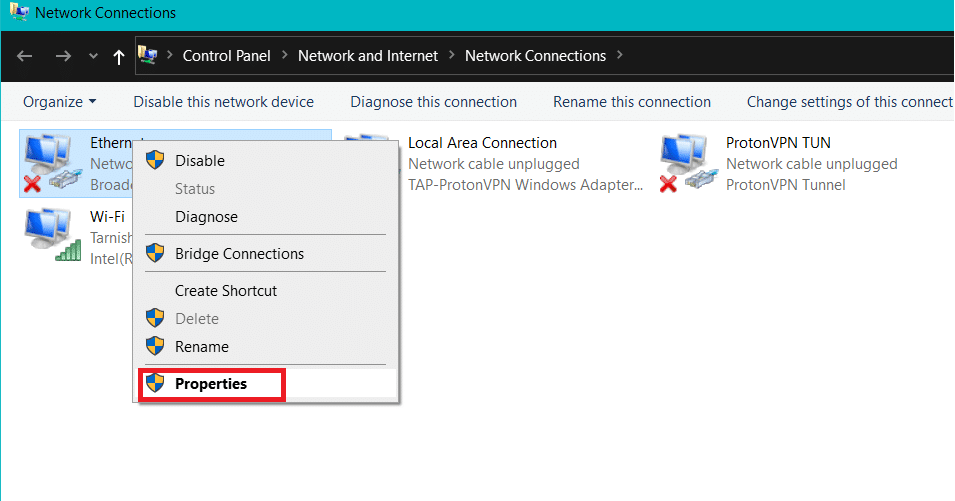
- Double-click on Internet Protocol Version 4 (TCP/ IPv4)
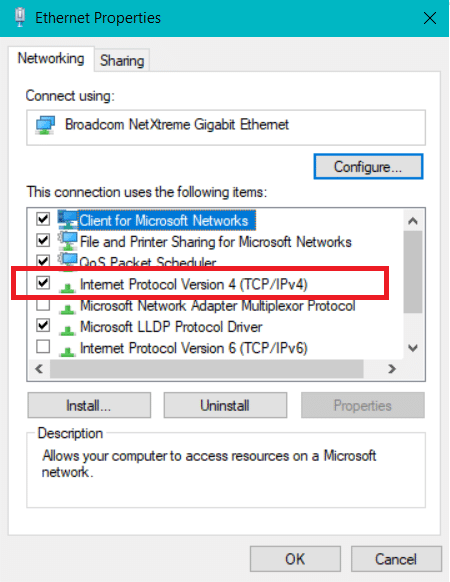
- Then make sure that Obtain an IP address automatically and Obtain DNS server address automatically are selected and click on Ok. Check whether this fixes your problem, and if not, move on to the next step, if the options were already selected, then move on to the next step as well.
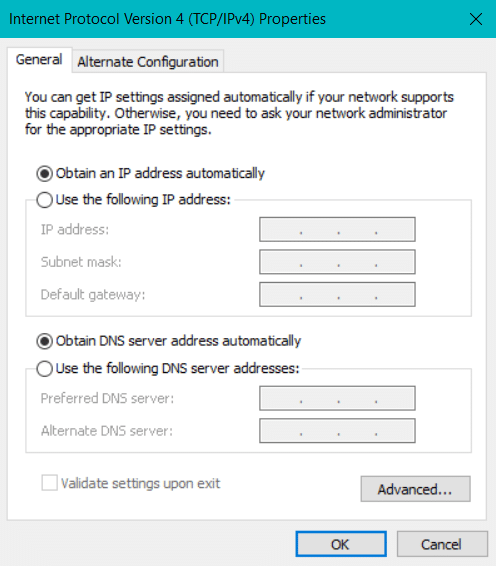
- Click on Use the following DNS server addresses and use the Google public DNS server addresses, which are 8.8.8.8 and 8.8.4.4
- Click Ok to check what you now have internet access to.
After completing all the steps above and the problem still persists, you can manually change the IP address of your ethernet connection.
Make sure you have the correct IP address format before you change it.
Note: We recommend letting your computer automatically obtain the IP address
-
Reset Your Network Settings
Resetting your network settings to default could resolve the issue, and to do this.
Follow the steps below (For Windows users)
- Press Win + R on your keyboard to open Run
- Type Cmd on the Run application and press Ctrl + Shift + Enter on your keyboard
- Enter the following commands in the command prompt:
ipconfig / flushdns
ipconfig / renew
ipconfig / registerdns
- Close the command prompt and restart your computer and check whether the issue has been resolved.
If resetting your network settings did not work for you, then try the next solution below.
-
Check for Windows Operating System Updates
When dealing with Windows operating systems, feature updates are important and
When a user ignores the pending feature updates, it causes the operating system to misbehave.
They can also be the cause of the lack of internet access, and we suggest you check for updates.
To do this, follow the steps below
- Open Settings
- Click on Update & Security
- Select Windows update
This will check for updates on your Windows operating system and if there are any.
Installing them might help with the internet access problem.
-
Contact Your Service Provider
If all the solutions recommended above have failed and you are still lacking internet access, I recommend contacting your service provider and checking with them whether there is an internet access outage.
Tell them about the difficulties you are experiencing and if everything is okay on their end. If needed, you can purchase new relevant hardware like other ethernet cables and port connectors. In many cases, though, the challenge might be a larger outage in your area. In this case, your provider can provide a timeline on when they expect you to be reconnected.
This might fix your wireless adapter or access point problems
Frequently Asked Questions
Why Is My Ethernet Connected but No Internet?
This problem is common when dealing with an ethernet connection and is mainly caused due to the following:
- Bad internet configuration
- The connected computer might be in the router’s blocklist.
- The device might also be blocked using parental controls
How Do I Fix No Internet on Ethernet?
This issue has a lot of solutions depending on the cause, they include;
- Restarting your hardware
- Running the network troubleshooter
- Enabling ethernet cable connection on your computer
- Resetting your network settings
Wrapping Up
Having your ethernet connected but no internet access is a common problem that can prove to be difficult to fix. In this article, we discussed several fixes.
Specifically, we focused on helping you regain internet access. We talked about restarting hardware, enabling connections, and resetting networks. These solutions serve as the most common solutions for when you see ethernet connected but no internet.
If you found this article useful, take a look at our related guides below.
Related:
- How to Share Wifi Passwords Across Devices
- How to Turn Off Private Browsing in All the Popular Browsers
- Safari vs Google Chrome
- How to Make Chrome the Default Browser [Mac, Windows, iOS, Android]
- How to Reopen Closed Tabs in Chrome, Safari, and Other Browsers
- How to Export Chrome Bookmarks in 6 Simple Steps
- Top 10 Best Firefox Extensions For Productivity & More
- Top 7 Best Safari Extensions to Get in 2022
- Top 19 Best Mac Apps to Install for Productivity, Entertainment, & More


